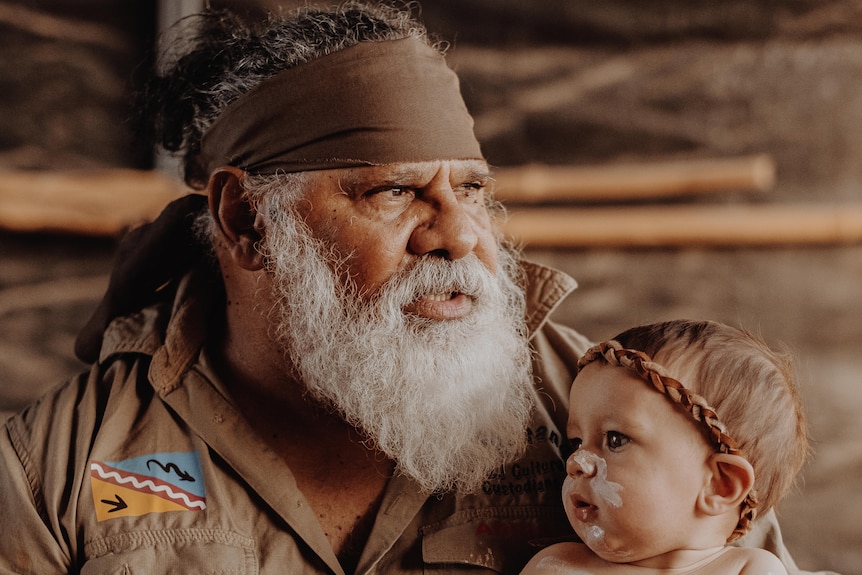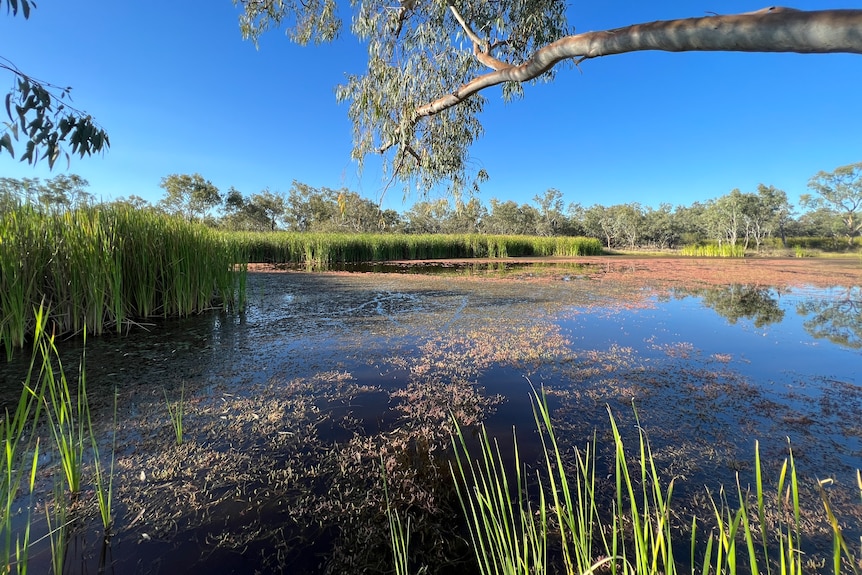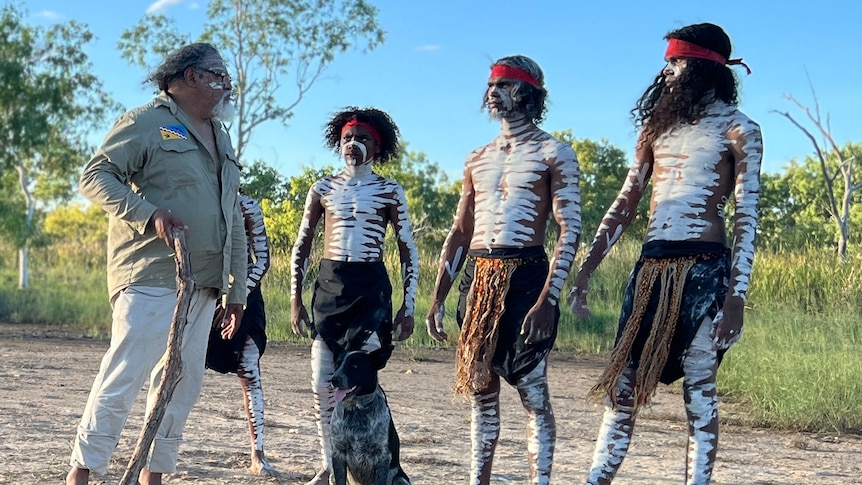Queensland Government’s Actions Challenged in Landmark Human Rights Case
The Queensland government’s decision to allow Adani to continue its coal mining operations, despite concerns raised by experts about potential contamination of the Doongmabulla Springs, is facing legal scrutiny. Traditional owners of the mine site are alleging that the government’s actions have violated their human rights to protect their sacred wetlands.
Adani has refuted claims of environmental breaches, but the indigenous group, Nagana Yarrbayn Wangan and Jagalingou (W&J) Cultural Custodians, asserts that the government’s refusal to halt operations has put their cultural heritage at risk. The group’s case is supported by scientific evidence indicating possible pollution of the Doongmabulla Springs and a significant impact on groundwater quality.
Seeking justice, the W&J Cultural Custodians have turned to Queensland’s Supreme Court to challenge the government’s stance and demand a reconsideration in accordance with the Human Rights Act. The outcome of this legal battle will not only determine the fate of the Carmichael mine but also set a precedent for upholding indigenous rights and environmental protection in Queensland.

### Wangan and Jagalingou Leader’s Concerns Over Adani Mine Impact on Springs
Wangan and Jagalingou leader, Adrian Burragubba, along with his grandson Charlie Ngalanya, have expressed deep concerns about the potential environmental impact of the Adani mine on the sacred springs and aquifers. Burragubba emphasized the spiritual and cultural significance of these natural resources, highlighting that Adani’s environmental approval does not permit any pollution of the springs or aquifers. He pointed out evidence of hydrocarbons and contaminants in these vital water sources, raising alarm about the mine’s potential influence on their quality.
### Calls for Urgent Government Intervention at Doongmabulla Springs
At the Doongmabulla Springs, near the Adani mine site, traditional owner Nathan Baira and experts have observed concerning trends in water quality and groundwater levels since mining operations commenced in 2020. Adani’s subsidiary, Bravus, has reported instances where water quality and groundwater levels have deteriorated beyond approved limits. To mitigate irreversible harm, a critical condition of the project’s approval mandates that spring water levels should not decrease by more than 20 centimetres.
### Environmental Protection Advocacy by W&J Custodians
In a proactive move, the Wangan and Jagalingou community wrote to Queensland’s Environment Minister, Leanne Linard, urging her to suspend mining activities until scientific certainty could guarantee the springs’ protection. Despite acknowledging the springs’ spiritual significance, the department disputed Adani’s data on adverse impacts, citing legal precedents and the regulated mining framework. The W&J custodians, dissatisfied with the response, have sought judicial review, citing the Queensland government’s Human Rights Act, which recognizes Indigenous rights to environmental preservation.
### Legal Battle for Environmental Justice
In their pursuit of environmental justice, the W&J custodians have engaged legal experts to challenge the government’s decision regarding the Adani mine’s impact on the springs. They aim to align the Environmental Protection Act with the human rights of First Nations people, emphasizing the need for a decision that safeguards the springs. Drawing on successful legal precedents, the W&J community is determined to uphold their rights and protect their cultural heritage for future generations.
Concerns Over ‘Marked Increases’ in Hydrocarbons
According to Professor Currell, the explanations provided by the mining company regarding water level and quality exceedences, which dismiss the possibility of mining impact, lack robustness and, in some instances, contradict the available data.
One notable instance highlighted by Professor Currell is Adani’s attribution of below-average rainfall at the site, despite climate data indicating otherwise.
Professor Currell emphasized the significant rise in hydrocarbons, likely linked to coal material, detected in groundwater following the onset of mining operations.
The report underscores the presence of C10 to C40 hydrocarbons in multiple water samples from various springs within the Doongmabulla Springs Complex, necessitating a clear and scientifically supported explanation.
The detection of hydrocarbons suggests a potential contribution to spring flow from a coal-bearing aquifer, contradicting the groundwater conceptualisation and modelling by Bravus.
Queensland government human rights

The Doongmabulla Springs complex, a significant national site, lies approximately 7 kilometers away from Adani’s Queensland mine. According to the Nagana Yarrbayn Wangan and Jagalingou Cultural Custodians, the report by Professor Werner raised concerns about the accuracy of Adani’s projected effects on the springs. It highlighted deficiencies in the mining company’s assessments, such as the lack of comprehensive field measurements of springs in the mine’s impact zone and unrealistic assumptions regarding spring flows. This information is crucial in the context of Queensland government human rights.
Adani’s Appeal Against Queensland Government’s Environmental Order
Adani is challenging an environmental directive issued by the Queensland government, raising concerns about human rights implications. This move by Adani underscores the ongoing debate surrounding environmental regulations and their intersection with human rights considerations. Adani’s appeal signifies a significant development in the regulatory landscape, prompting discussions on the balance between environmental protection and human rights in Queensland.
For more information on environmental regulations and human rights issues, please visit our site 60time.com. Don’t forget to follow us on social media for updates: https://www.instagram.com/60time.com.



